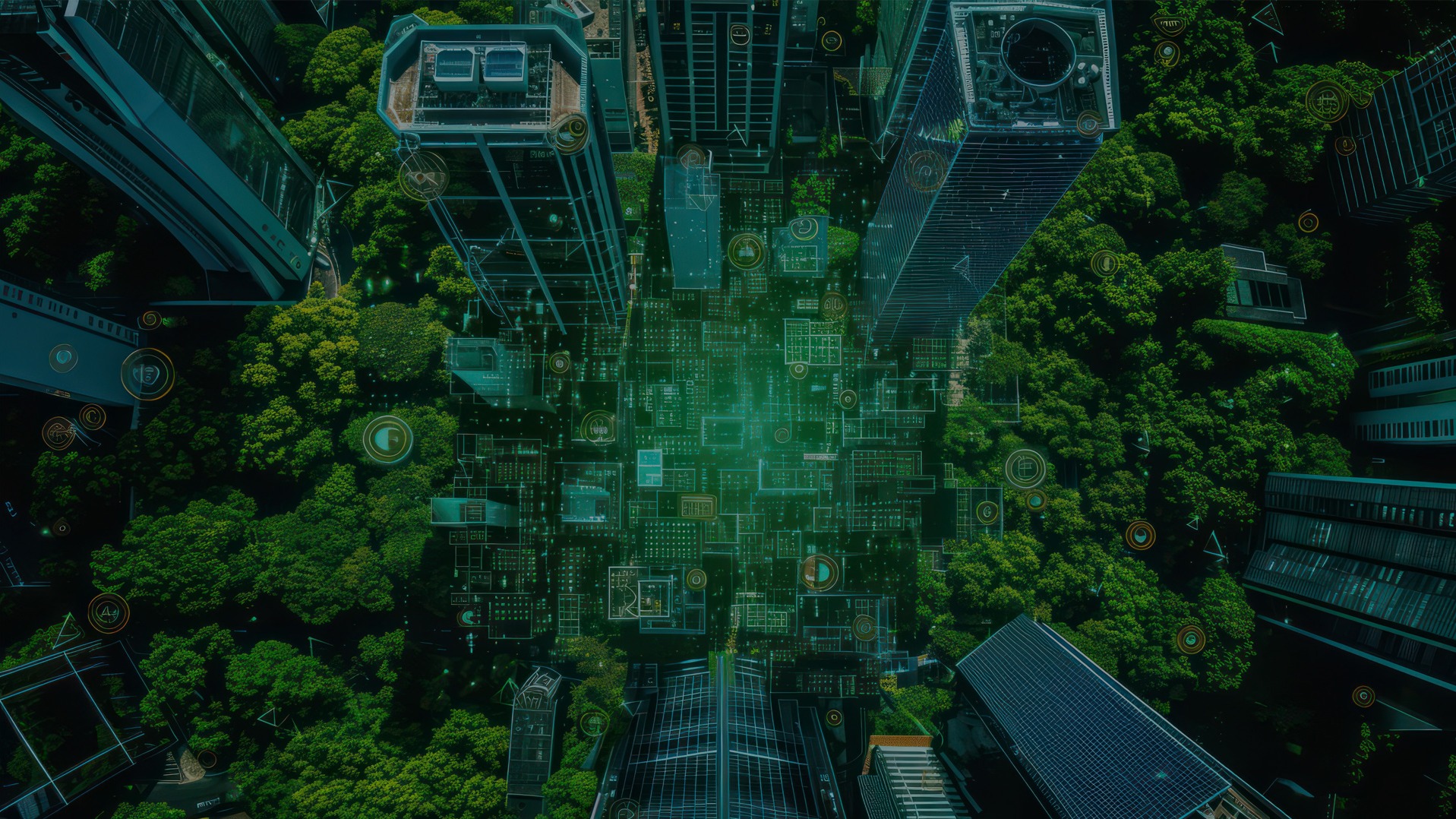Affordable Green Bio-Methanol from Biogas/Biomass
With the maritime industry responsible for 2–3% of global CO₂ emissions, the need for practical, safe, and affordable low-carbon fuel solutions has become increasingly urgent. While alternatives like hydrogen and ammonia show potential, they face major barriers in safety, cost, and infrastructure—particularly for long-haul shipping routes. Bio-methanol is considered a strong alternative fuel for the maritime sector, offering a practical, scalable, and safer pathway for transitioning to low-carbon marine fuels.
The technology on offer features a proprietary catalyst that simplifies the bio-methanol production process, enabling up to 50% reduction in capital and operating expenses compared to conventional methods. This approach allows renewable methanol to be produced at costs approaching that of fossil-based methanol or diesel, especially when normalized by energy density and inclusive of carbon pricing. The process also supports circular economy goals by valorising waste into energy, further enhancing its environmental and societal impact.
By enabling affordable, scalable production of renewable methanol, this technology fills a critical gap in the clean energy supply chain, facilitating a just and profitable transition to greener shipping. It also directly addresses the maritime industry’s growing demand for sustainable fuels that align with international climate targets, such as the International Maritime Organization’s (IMO) net-zero emissions goal.
The technology owner is seeking for co-development and test-bedding opportunities with end-users in the maritime sector i.e., shipping companies, fuel distributors, port operators, and clean energy developers and waste biomass producers i.e., palm oil, bagasse, animal manures, municipal sewage waste.










.jpg)







